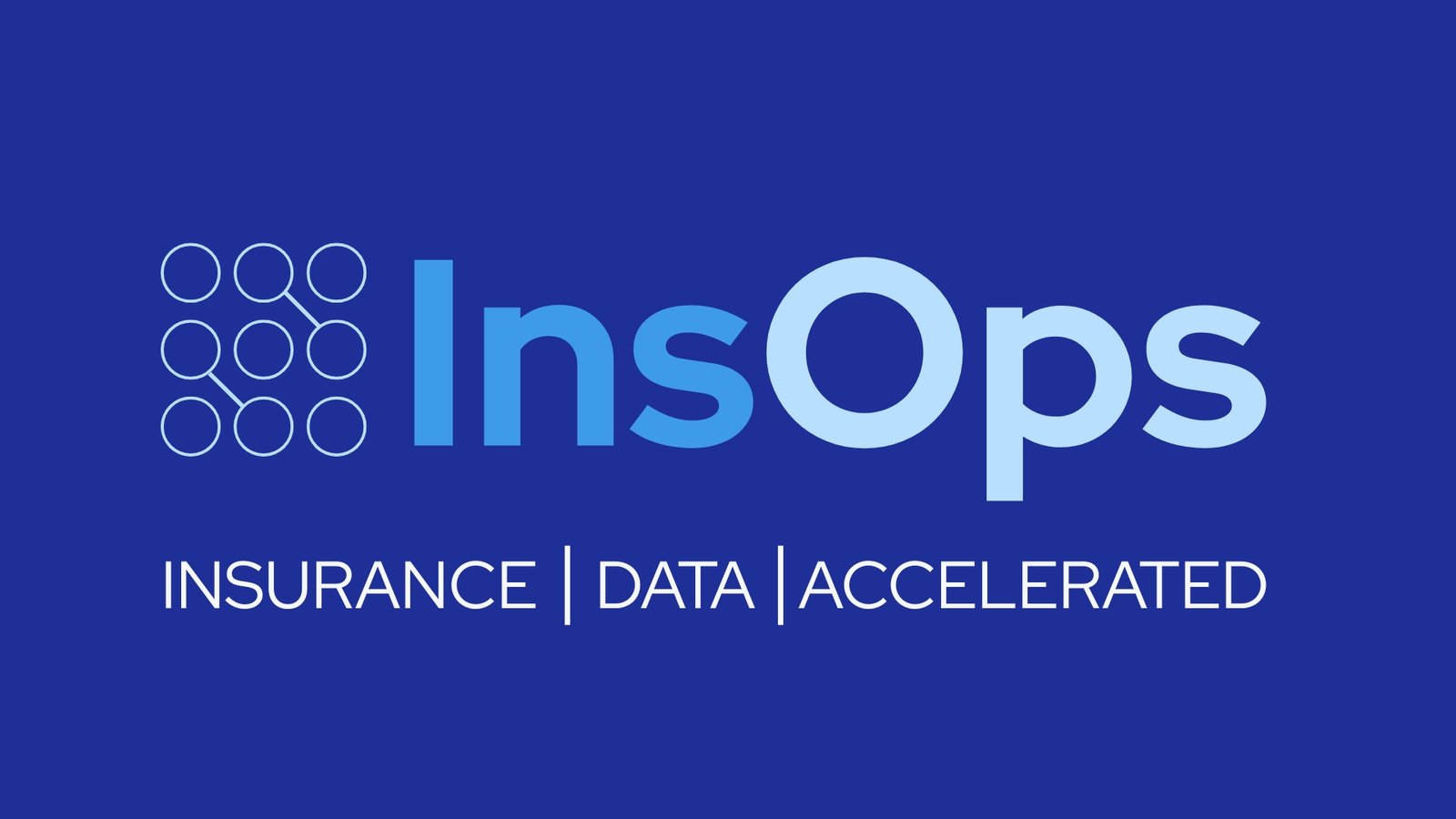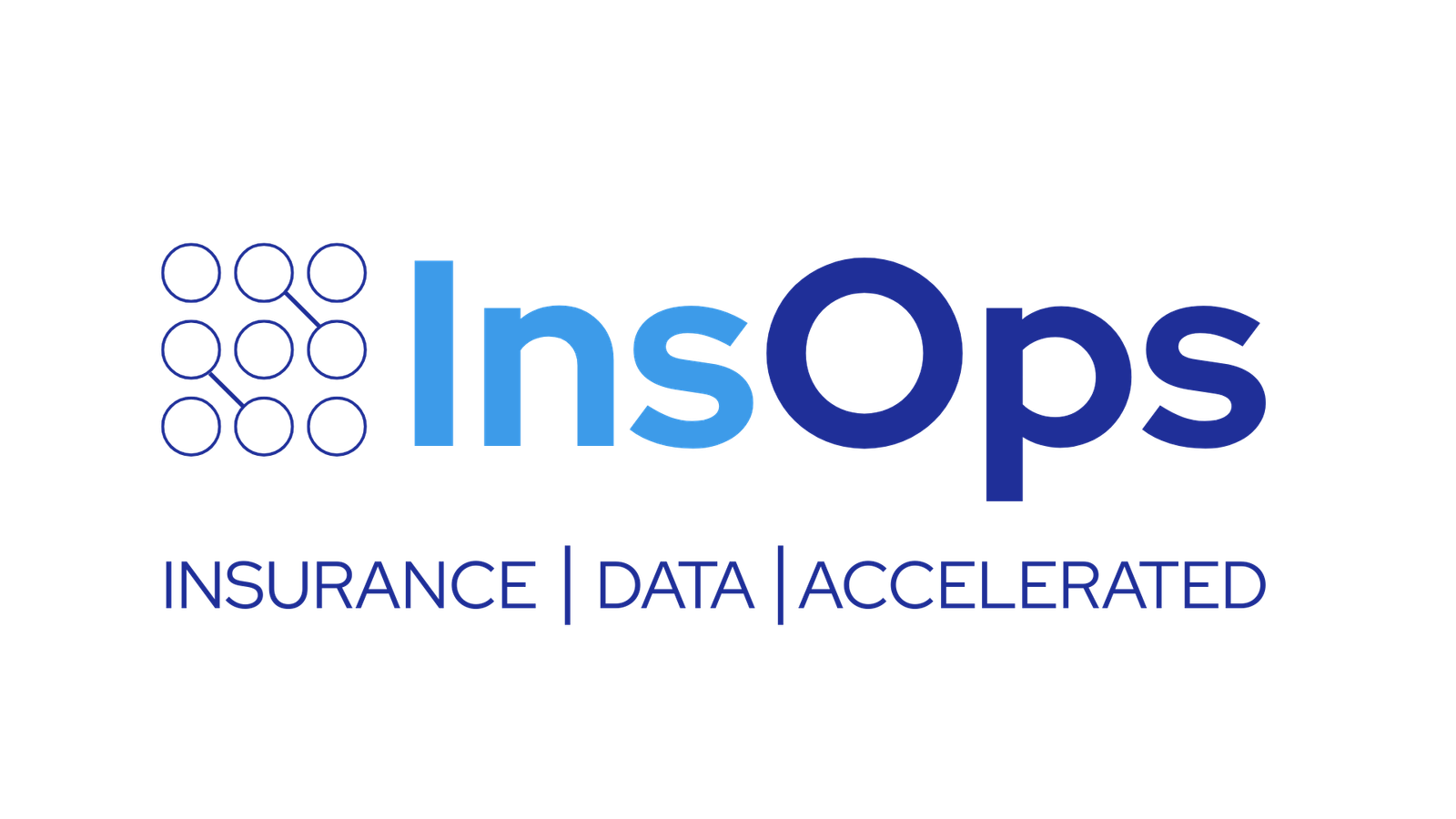5 Hidden Challenges That Derail Guidewire Cloud Migrations (And How to Solve Them)
For insurers, migrating to Guidewire Cloud is more than a technical upgrade, it’s a foundational shift toward future-ready operations. The move promises faster innovation cycles, reduced IT overhead, and improved agility across policy, billing, and claims systems.
But while the destination is promising, the path is rarely smooth. Many insurers begin their migrations expecting a straightforward process, only to encounter hidden obstacles that delay timelines, inflate costs, and disrupt business operations.
However, traditional approaches are dependent on manual ETL, custom scripting, and disconnected workflows and often introduce more risk than they remove.
This blog reveals five of the most common, yet underappreciated challenges that derail Guidewire Cloud migrations and more importantly, how forward-thinking insurers are solving them. If you’re planning or currently navigating a Guidewire migration, this guide will help you avoid costly missteps and accelerate your path to modernization.
The 5 Hidden Challenges That Stall Guidewire Cloud Migrations
Guidewire ClaimCenter migration issues aren’t always obvious at the start, but they tend to surface mid-project when timelines tighten and complexity escalates. Here are five issues that often catch insurers off guard and stall progress when not addressed early.
1. Incomplete or Poorly Mapped Legacy Data
During migration, insurers often discover that their legacy systems do not align cleanly with modern Guidewire data structures. Complex relationships between policy, billing, and claims data can be misrepresented or lost entirely, especially when handled by traditional ETL tools. These mismatches cause critical errors in test environments and delay downstream testing.
2. Discrepancies in Business Rules and Hierarchies
Even when data is technically migrated, mismatches in business logic frequently emerge. Coverage codes, product types, or claim hierarchies from legacy systems may not correspond to current Guidewire configurations. These discrepancies can cause broken workflows, system errors, or rejected transactions that only surface late in the project lifecycle.
3. Insufficient Iterative Validation
Many migrations compress validation into a single test cycle near go-live. This creates a blind spot for early errors. Without frequent, structured validation and business-user engagement, insurers face delays when unexpected issues emerge during UAT or production rollout. This leads to unplanned rework and loss of confidence in the cloud environment
4. High Manual Effort for Mapping and Reconciliation
Mapping fields across decades of legacy claims, policies, and financials requires deep insurance knowledge and thousands of hours of manual effort. Without automation, teams are overwhelmed by the volume of field-by-field reviews needed to ensure accuracy. This leads to project fatigue, delays, and a higher risk of human error.
5. Technical Environment Instability or Gaps
Managing cloud-based testing and migration environments is more complex than traditional infrastructure. Misconfigured environments, failed deployment scripts, or synchronization issues between legacy and cloud systems can disrupt progress. These challenges consume technical resources and stall forward momentum at critical phases.
How Golden Bear Solved the Hidden Migration Challenges
Golden Bear Insurance, like many mid-sized carriers, was working to modernize from a legacy AS/400 system to Guidewire ClaimCenter Cloud. What made their case unique was their commitment to solving the common issues that derail most migrations before they became roadblocks.
Instead of defaulting to a traditional ETL-based path, they partnered with InsOps and leveraged its AI-powered migration platform built specifically for P&C insurance. Here’s how Golden Bear tackled each core challenge with the help of AI
Intelligent Legacy Data Mapping
Golden Bear’s legacy system held decades of overlapping claims and policy records. Rather than manually comb through field mappings, they used InsOps’ AI engine to auto-profile and map their data to Guidewire’s schema. This helped detect missing or misaligned fields early, reducing rework and ensuring accuracy in the first staging run.
Business Logic Alignment at Scale
Coverage types, codes, and product lines had evolved over the years. The AI identified conflicts between old and new hierarchies—flagging records that would break business logic in Guidewire. This allowed Golden Bear’s teams to resolve issues during mapping instead of waiting until UAT or go-live.
Continuous Data Validation
Traditional methods rely on late-stage testing. Golden Bear used automated validation throughout the process—comparing legacy and target data in real-time. Claims and finance teams were able to validate records every step of the way, which eliminated surprises during final cutover
Automated Reconciliation and Exception Handling
Manual mapping typically requires hundreds of hours. Instead, InsOps automated more than 80 percent of field mapping using insurance-specific logic. This drastically reduced time spent on reconciliation and allowed Golden Bear’s SMEs to focus on resolving business-critical exceptions.
Near-Zero Business Disruption
Environment setup and version issues often delay migrations. InsOps used prebuilt integrations and automated deployment scripts to ensure consistent, reliable transfers across environments. This minimized technical surprises and allowed validation to run continuously without interruptions
By the end of the six-month project, Golden Bear had fully migrated both open and historical claims data to Guidewire Cloud with 99 percent accuracy, zero production downtime, and no need to run legacy systems in parallel
| Capability | Traditional ETL Approach | InsOps AI-Powered Approach |
|---|---|---|
| Field Mapping | Manual, spreadsheet-driven | Automated with pre-trained insurance models |
| Business Logic Alignment | Discovered late in testing | Flagged early through AI validation |
| Data Reconciliation | Labor-intensive, reactive | Real-time, automated validation |
| Timeline | 12–18+ months for full migration | 4–6 months, including historical data |
| Manual Effort | High, involving IT and SMEs | 80%+ reduction through AI automation |
| Parallel System Dependency | Extended due to lack of confidence | Eliminated through iterative, validated migration |
| Compliance and Reporting Readiness | Post-migration clean-up required | Audit-ready data from day one |
Guidewire Migration Is Hard, But It Doesn’t Have to Be
Most migration delays and failures don’t come from technology, they come from underestimating the hidden complexities along the way. By recognizing these five challenges early and choosing a smarter, AI-driven approach, insurers can turn their Guidewire Cloud migration into a catalyst for transformation, not disruption.
With the right partner and process, you don’t just move data you modernize how your business runs. You gain clean, structured, and audit-ready data from day one. You eliminate redundant systems, reduce compliance risk, and unlock the full potential of automation and AI. Most importantly, you give your teams the tools and confidence to operate at a new level of efficiency.
Ready to simplify your Guidewire Cloud migration and start realizing value faster? Let’s connect to explore how InsOps can help you de-risk your migration, accelerate timelines, and set your business up for long-term success. Talk to us →
Frequently Asked Questions
How do we know if our legacy data is ready for Guidewire Cloud?
Many insurers discover data issues too late in the process. A structured data assessment using insurance-specific AI tools can profile your legacy data, identify mismatches, and flag missing fields early in the project.
What if our product codes and hierarchies do not align with the Guidewire structure?
This is a common issue. InsOps uses AI to detect and flag inconsistencies in hierarchies, codes, and business rules early in the process so they can be resolved during mapping rather than during testing or after go-live.
Can we validate data continuously instead of just before go-live?
Yes. InsOps supports real-time, iterative validation throughout the migration process. Claims, policy, and finance teams can review and confirm data accuracy at each stage of the migration
How much internal effort is typically needed for mapping and reconciliation?
Traditional methods require a significant amount of manual effort. InsOps automates over 80 percent of the work using insurance-specific logic, which reduces the burden on internal teams and accelerates delivery
How do we avoid business disruption during cutover?
InsOps enables stable and consistent deployments across cloud environments. This ensures reliable validation and allows for a smooth transition to production without interrupting day-to-day operations.

